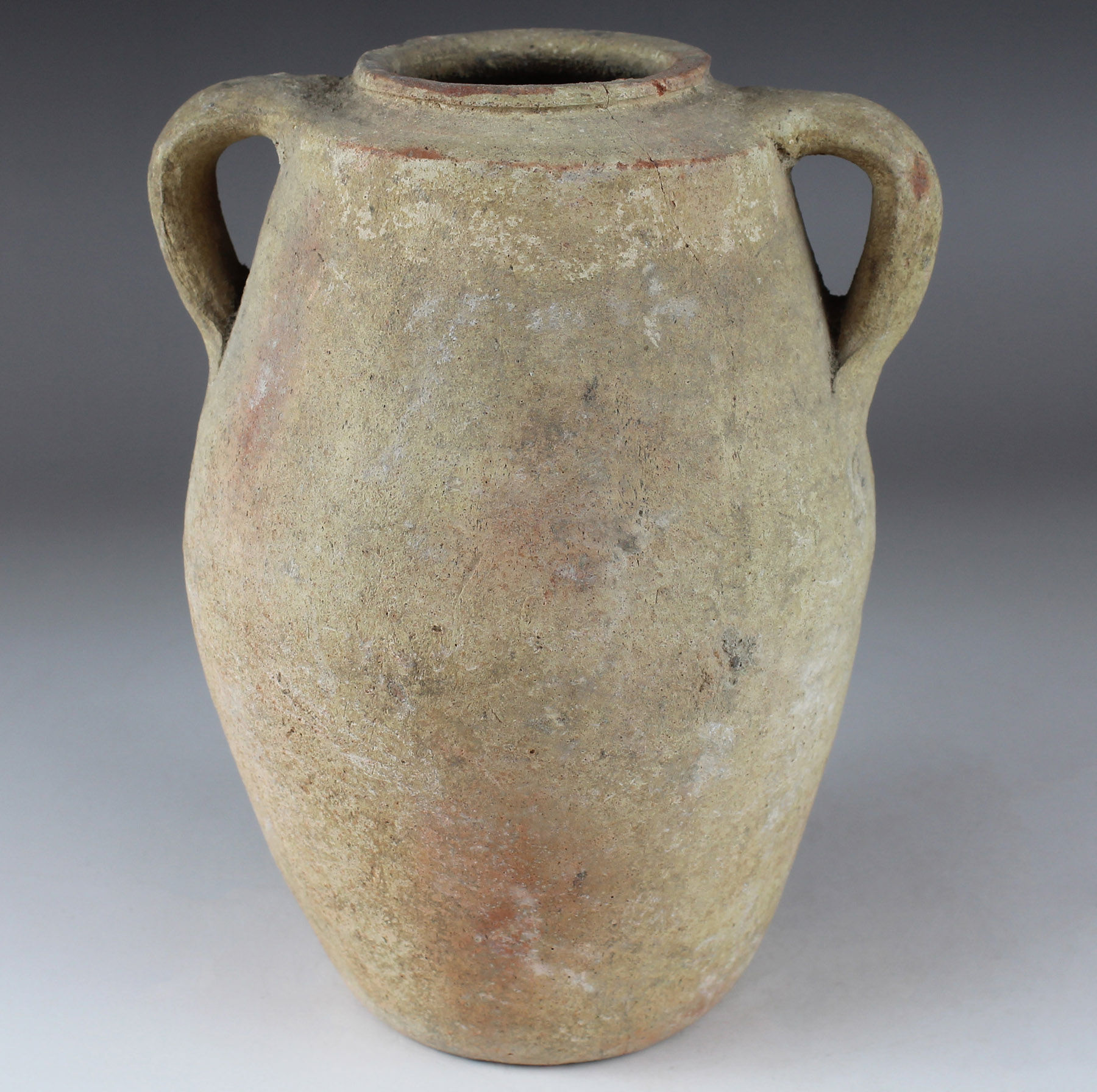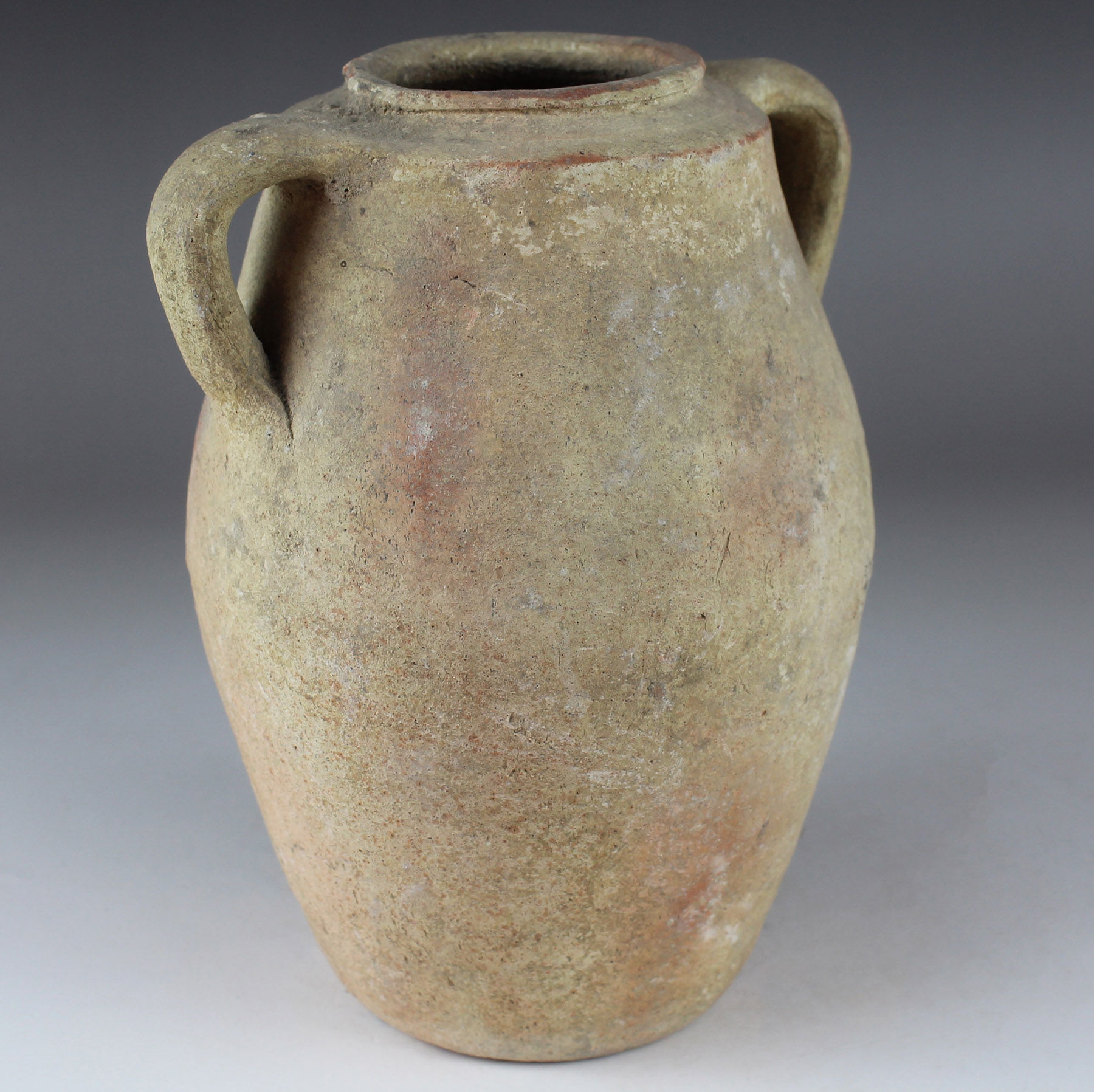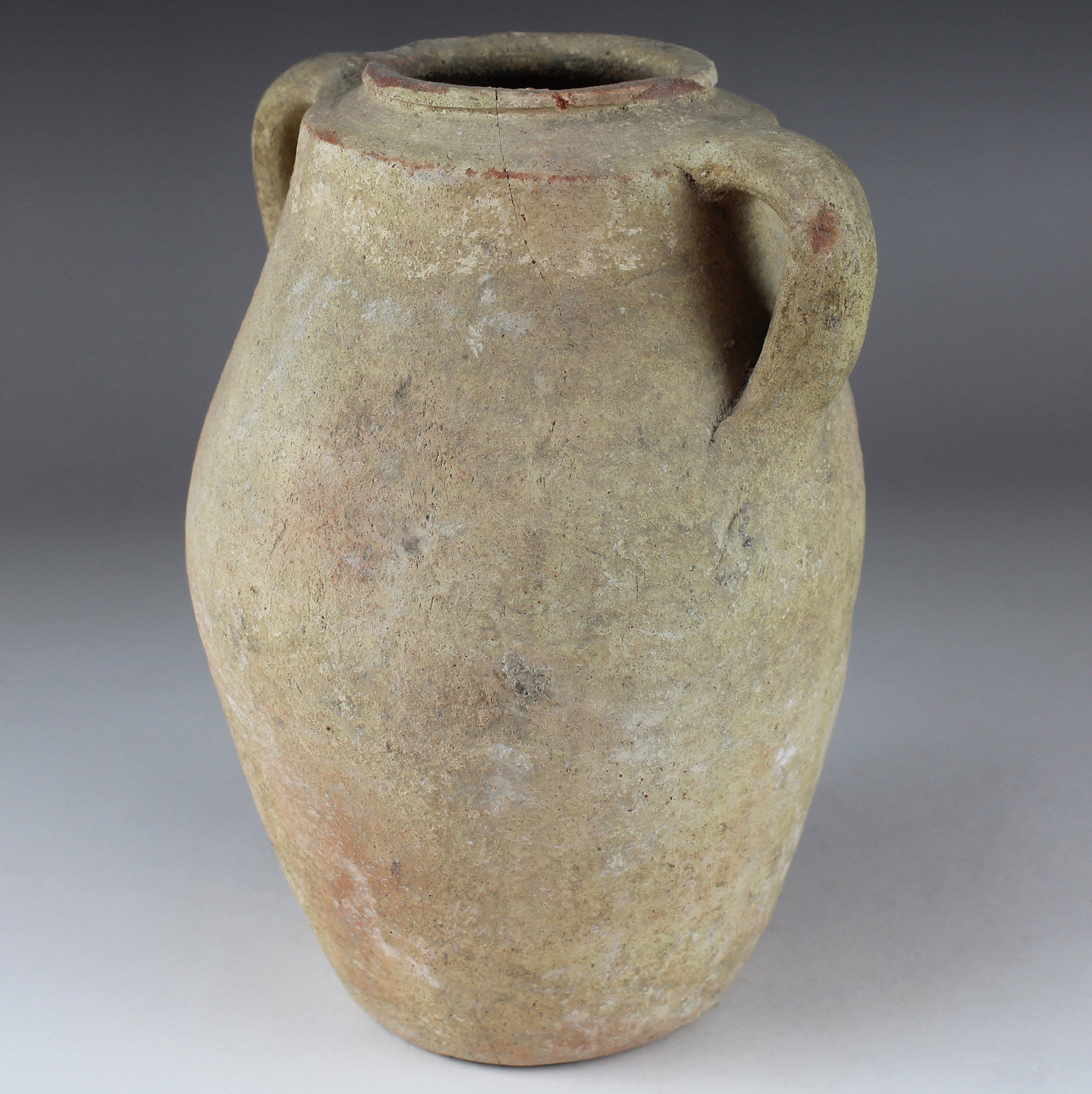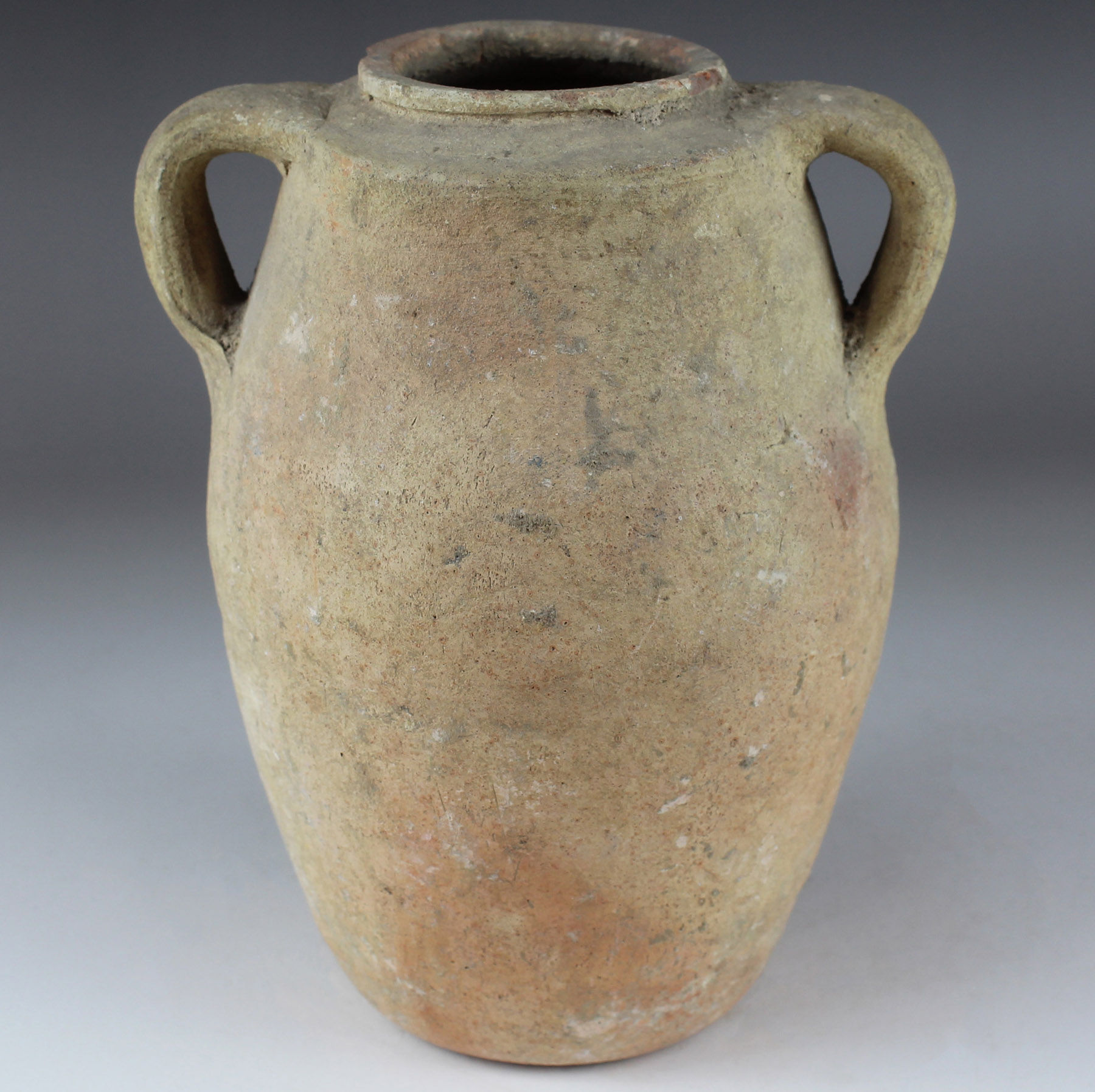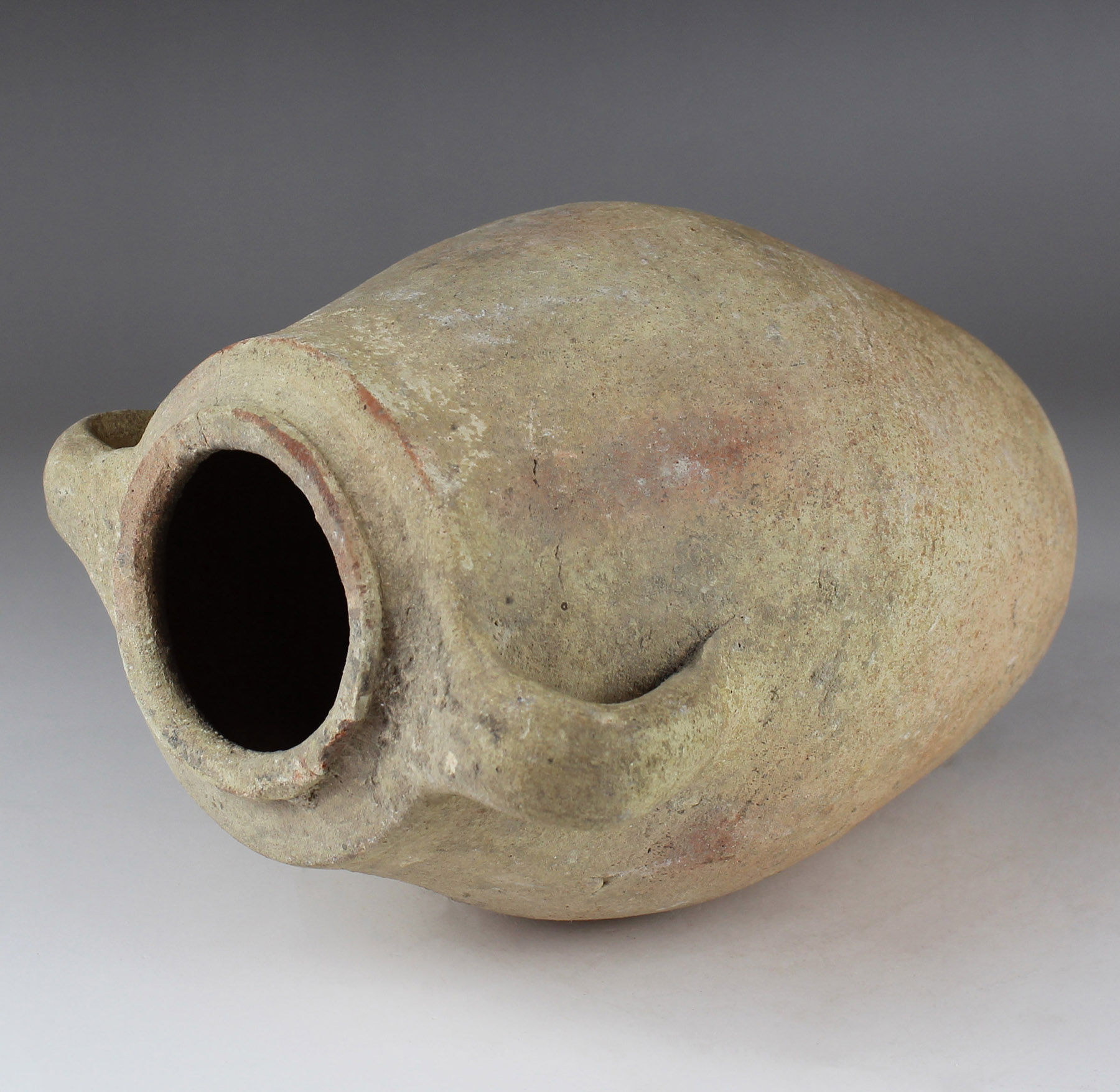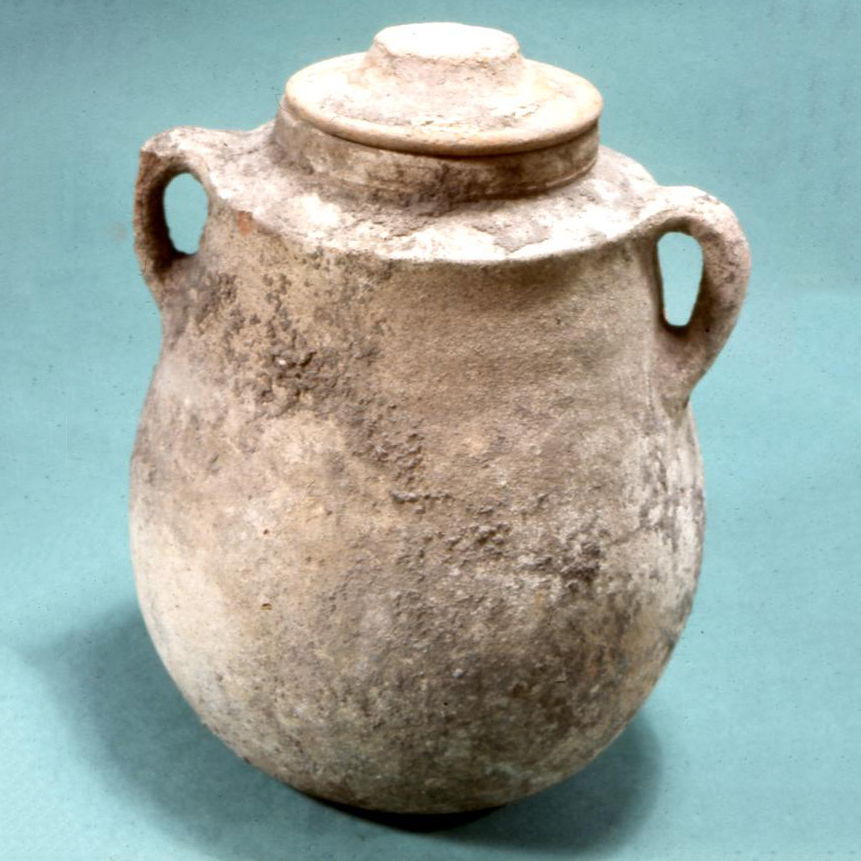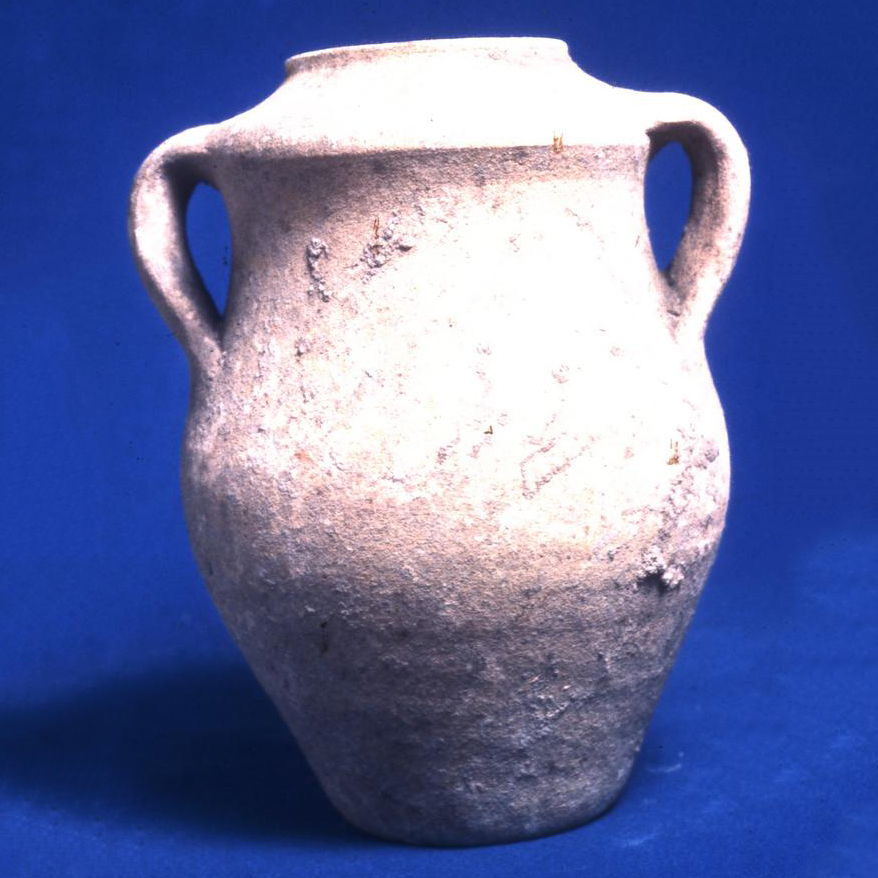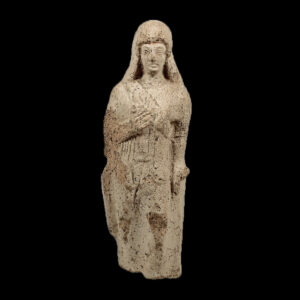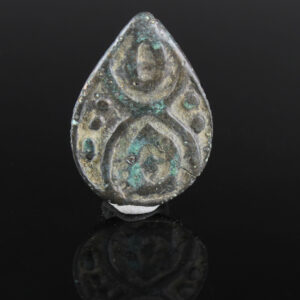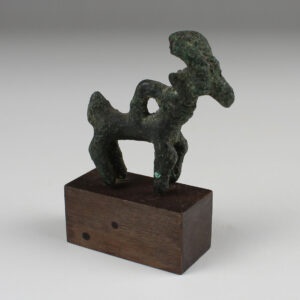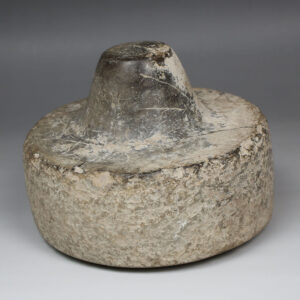Description
| ITEM | Burial urn |
| MATERIAL | Pottery |
| CULTURE | Iron Age, Phoenician / Punic |
| PERIOD | 7th – 4th Century B.C |
| DIMENSIONS | 165 mm x 130 mm |
| CONDITION | Good condition |
| PROVENANCE | Ex French private collection, acquired between 1970 – 1980 |
| BIBLIOGRAPHY | HARDEN, D. B., Punic Urns from the Precinct of Tanit at Carthage |
During the Iron Age, which spans roughly from around 1200 BCE to 500 BCE in the Mediterranean region, the Phoenicians and their Punic descendants played a significant role in the cultural and historical landscape. The Phoenicians were an ancient Semitic-speaking people who originated in the eastern Mediterranean, specifically in the coastal regions of what is now modern-day Lebanon and parts of Syria. Their maritime expertise and trading networks allowed them to establish colonies and settlements across the Mediterranean, including regions like Carthage in North Africa.
One intriguing aspect of the Phoenician and Punic cultures is their approach to burial practices. Burial urns, also known as cinerary urns or ash urns, were common burial vessels used during this era. These urns were typically made from various materials, including pottery, clay, or metal, and they served as containers for cremated human remains.
Phoenician and Punic burial urns are often associated with cremation, a practice wherein the deceased’s body was incinerated, and the resulting ashes and bone fragments were collected and placed in the urn for interment. These urns were sometimes elaborately decorated with intricate designs, inscriptions, or symbols, which could provide valuable insights into the beliefs and cultural expressions of these ancient societies.
The choice of cremation and the use of urns in the Phoenician and Punic cultures might have been influenced by various factors, including religious beliefs, practical considerations, and the desire for a more compact form of burial. These urns were often placed in tombs or burial chambers, sometimes accompanied by grave goods, further highlighting the significance of these practices in the funerary traditions of these ancient Mediterranean peoples.


